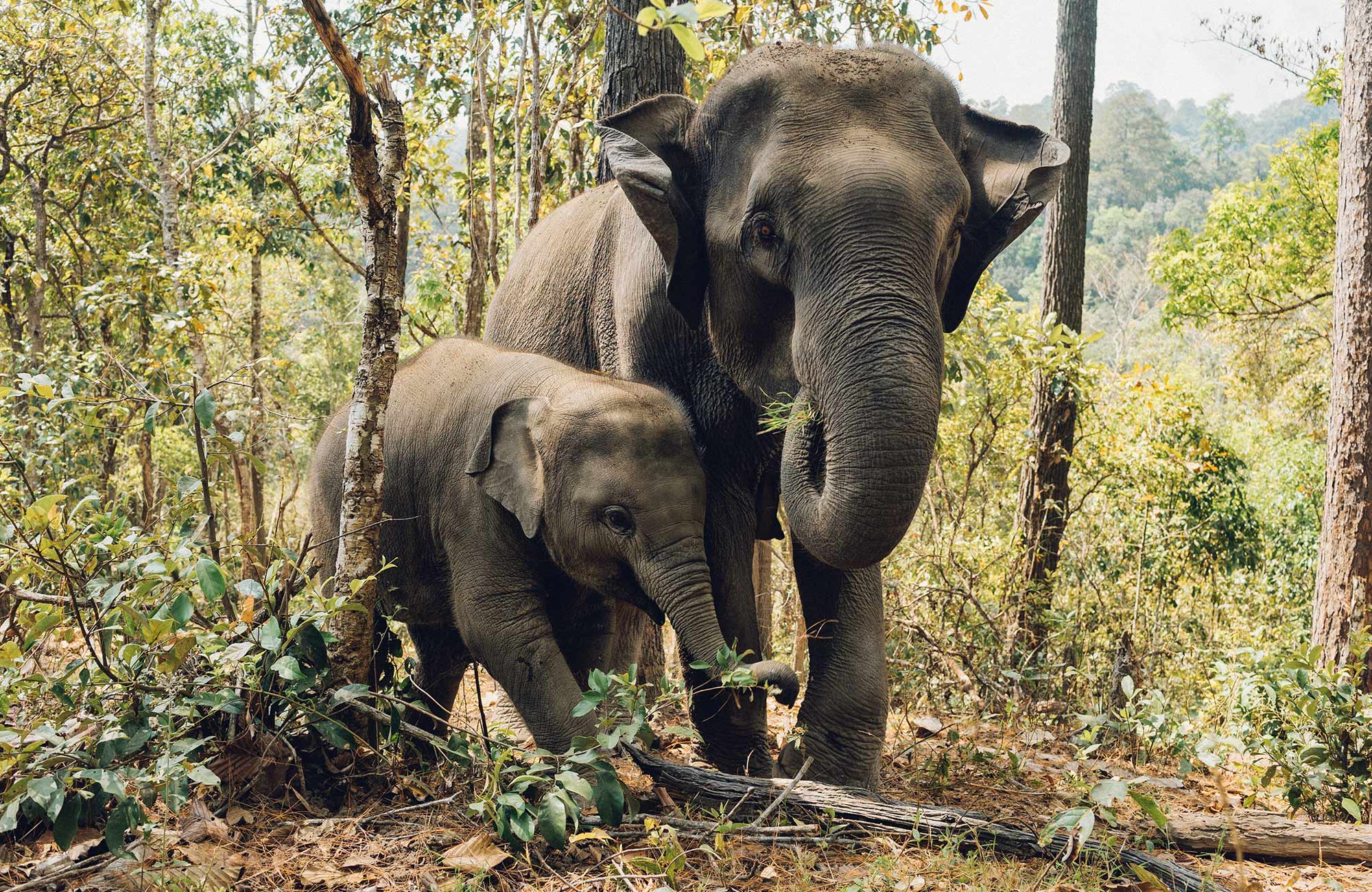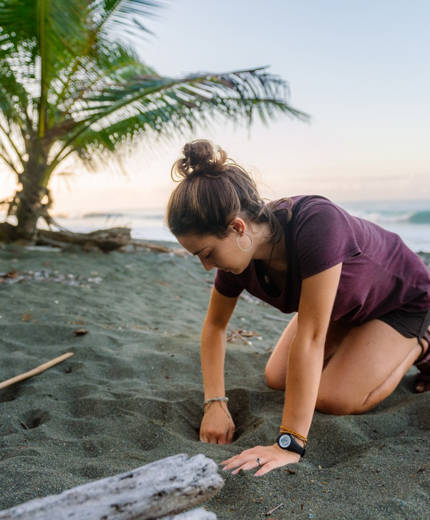Djurskyddsprojekt handlar om att göra en viktigt insats för utrotningshotade arter. Att volontärarbeta med oss ger dig en praktisk erfarenhet och en chans att göra något viktigt och hjälpa till att skydda några av världens mest värdefulla djur. Att djuren behandlas etiskt rätt är väldigt viktigt för oss och vi skulle absolut inte skicka ut dig till ett volontärprojekt som vi inte stödjer till 100%.
Välja projekt
Vi samarbetar endast med seriösa volontärprojekt runt om i hela världen som vi säjlva har besökt och går i god för. Vi har valt ut vilka vi jobbar med med omsorg och vi tycker det är viktigt för dig att veta att dessa projekt är verksamma året runt, med eller utan volontärer. Men tack vare din insats kan de få ytterligare stöd, vilket uppskattas enormt!
Hur hjälper KILROY dig?
🌎Hjälp från backpackers som gjort samma äventyr
🫶🏻Vi samarbetar med noga utvalda volontärprojekt
🗺️Få råd kring allt från visum och försäkringar
🤙Vi finns här både innan du åker och på resan!
Vad är bra att tänka på?
Tänk igenom syftet: Tänk igenom varför du vill volontärarbeta och vilka mål du har med din insats. Är det för att hjälpa andra, lära dig nya färdigheter eller bara för att resa?
Anpassa efter kulturen: Var medveten om kulturen i det land där du ska volontärarbeta. Få ut mer av din volontärresa genom att visa intresse för att lära dig om den lokala kulturen och ha alltid respekt för lokala sedvänjor.
Förbered dig noga: Här får du massa hjälp du behöver av oss! Men se till att också på egen hand att du är väl förberedd för ditt volontärarbete både mentalt och praktiskt. Men vi hjälper dig ha full koll!
Lägg upp din budget: Tillsammans ser vi över din resbudget och ser till att du har tillräckligt med pengar för att täcka kostnaderna för din resa och eventuella avgifter på plats. Vill du resa vidare sen? Då hjälper vi dig att planera så du får ut det mesta av ditt äventyr.
Ta dig tid att reflektera: Efter du har volontärarbetat är det väldigt värdefullt att ta dig tid att reflektera över din upplevelse och utvärdera hur du har bidragit till projektet och samhället.
Vad krävs för att bli volontär utomlands?
Volontärprojekten organiseras och drivs av lokala icke-statliga organisationer (NGO:er). Det viktigaste är att du har ett öppet sinne, är flexibel och är villig att hugga i. Som volontär finns det oftast inga krav på att kunna något annat språk än engelska, men i vissa fall i Centralamerika och Sydamerika behövs baskunskaper i spanska eller portugisiska. Oavsett var du väljer att åka bör du vara beredd på att arbeta hårt och även vara känslomässigt förberedd för upplevelsen. Kom ihåg, du kan inte rädda världen, men genom volontärarbete kan du kan göra något för att den ska bli till en bättre plats.
Varför ska jag betala för volontärarbete?
Det dina pengar går till när du betalar för volontärarbete utomlands är boende mat, transport, en donation till volontärprojektet och tillgång till kvalitetssäkrade projekt som är anpassade efter behoven på plats. Vi fattar att det först kanske inte känns helt självklart att betala som volontär, men det är viktigt att komma ihåg att du betalar inte för att arbeta utan för alla kostnader runt omkring. Boendena är oftast enkel standard och maten lokal. Transfers mellan boendet och volontärprojektet brukar oftast ingå men vi reder ut allt det där innan du bestämmer dig för var du vill åka - så att du känner dig trygg med förutsättningarna.
Vad får jag ut av att bli volontär?
Rimlig funderingen. Svaret är massor! Du har såklart dina personliga anledningar till att du vill lägga tid på volontärarbete. Men de främsta anledningarna vi ser med volontärarbete är att du kommer få en unik inblick i en ny kultur, som du inte får på en vanlig semesterresa. Du kommer garanterat vidga dina perspektiv, lära dig mer om andra och även dig själv. Volontärarbete kan vara en utmaning, men som i slutändan ofta ger otroligt mycket tillbaka som du kommer ta med dig för resten av livet. Vi berättar gärna om våra egna erfarenheter från tiden som volontär utomlands!
Jag vill veta mer
Om du är nyfiken på volontärarbete utomlands och vill veta mer om vilka projekt vi jobbar med kan du dels scrolla ner en bit för att själv kika på olika alternativ. Men du får också jättegärna mejla oss och berätta lite om vad du tänker dig så kan vi komma med förslag på volontärprojekt vi tror skulle passa dig. Du har såklart massor av frågor som vi börjar med att reda ut innan vi eventuellt går vidare med att boka en plats och flyg åt dig.
Att snacka med oss kostar inget och du behöver inte bestämma dig direkt!


